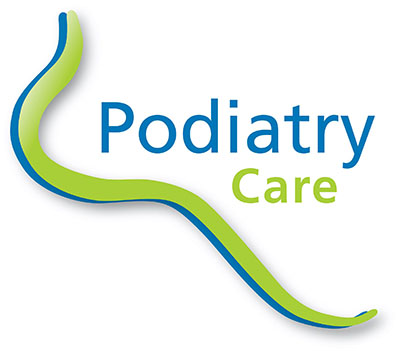What is it?
One of the most common causes of heel pain syndrome is Plantar Fasciitis. This can be associated with heel spurs, heel bursitis and sometimes achilles heel pain more commonly known as Achilles Tendonitis or Achilles Tendinopathy. Some people may complain of sharp heel pain. In these situations, we need to consider the possibility of tarsal tunnel syndrome. Your Podiatry Care podiatrist can test for this.
What causes pain in the heel of the foot?
There is a large ligament that exists under the sole of the foot. It starts at the heel bone and inserts into the ball of the foot. Any circumstances which cause excessive traction or pulling on this ligament cause the ligament to separate from the heel, fibre by fibre. Gradual tearing of this ligament leads to inflammation. A bone spur may form if this injury continues causing calcium to be deposited near the heel in an attempt to “glue” the detached fibres back onto the heel. The bone spur itself has no nerve endings and doesn’t hurt, however, this may be a sign that the painful inflammation has been present for quite some time.
Inflammation of this plantar fascial ligament is called Plantar Fasciosis or more commonly known as Plantar Fasciitis or Plantar Fasciosis. This is what causes pain in most cases.
What are common heel pain causes?
Excessive traction or pulling on the plantar fascial ligament may be the result of:
- Sudden injury or tearing of the plantar fascia similar to an ankle sprain
- Recent weight gain can contribute to overloading
- Increased activity level may also be a factor if exercising loads have changed recently
- Changes in the footwear can alter forces on the plantar fascia
- Abnormal flattening of the foot arches (i.e. excessive pronation) can be a major contributor to overloading
- High arched/rigid feet may also experience abnormal tractional forces on the plantar fascia.
- Nerve entrapment is another possible cause.
What is the best Heel Pain Treatment?
Treatment for heel pain and heel spurs must involve treatment of the symptoms as well as heel pain cause. When treating heel pain, we must address the acute inflammation as well as correcting any mechanical alignment issues causing excessive strain or abnormal tractional forces on the plantar fascia of the foot if we want to achieve any long term heel pain relief.
To treat the inflammation…
- Calf stretches can help if performed in the right manner. Podiatry Care has a unique stretching and strengthening program specifically designed for the treatment of plantar fasciitis and heel pain.
- Ice massage can assist in the short term
- Panadol/Asprin/N.S.A.I.D’s can help short term but rarely help in the longer term.
- Training/activity evaluation is important
- No barefoot walking – always use shoes or supportive footwear
- Shoe evaluation is important
- Exercises before getting out of bed and arising from rest should be discussed.
- Anti-inflammatory gel massage can assist short term but rarely helps long term.
To address the cause of injury and prevent recurrence…
-
- Orthotic appliances to address abnormal forces or strain on the plantar fascia are an important component of treatment.
- Taping for the feet can be helpful in the shorter term
- Extracorporeal Shock Wave Therapy (ESWT)
- Foot Mobilisation
- Night braces may also be required
- Dry Needling and/or Western Medical Acupuncture may be considered in some cases
- Steroid injections under ultrasound guidance are rarely required but sometimes considered in very resistant cases.
Podiatry Care has a special interest in the treatment of heel pain. Contact us to discuss your heel pain treatment options. We can successfully treat both adults and children with heel pain, heel spurs, aching feet and foot pain
